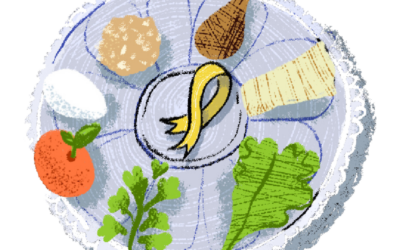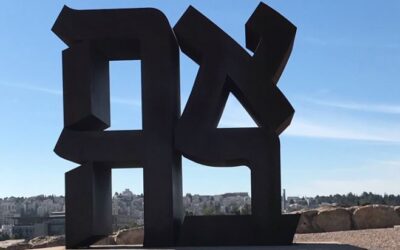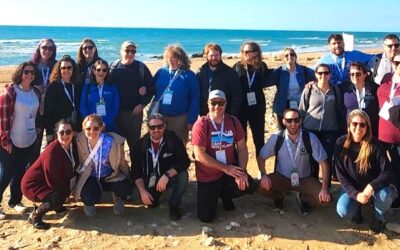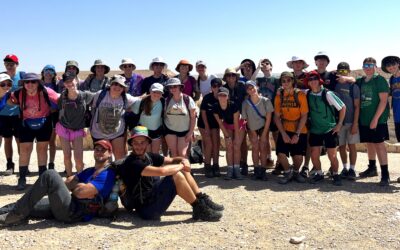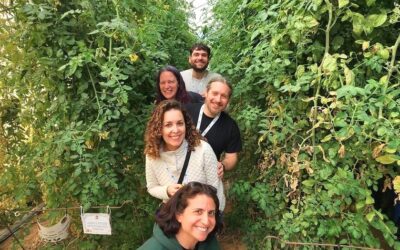By Rabbi David Wilfond, Director of Education
One of the things that makes the NFTY in Israel educational program of such a high quality is that we train our educators (mechanchim) for six months prior to the summer. Yesterday, we completed a three-day trip to the Galilee and Golan to learn how to make these sites come alive for our NFTY in Israel teens. Our goal is to use the sites as a trigger for conversations about big questions that are relevant and meaningful to our youth and their Jewish identity.

We began our mechanchim trip to the north on Sunday in Tzipori. Tzipori contains the secrets how Judaism evolved and changed after the destruction of the Temple. It was here that the Rabbis developed the custom of “Torah, Prayer and Deeds of Loving kindness,” as a Reform to Judaism. It was here that synagogue services replaced sacrifices. It was here that Jews had to figure out how to maintain Jewish life as a minority in a non-Jewish majority culture. Many of the Jewish rituals that we do today were invented and written down in Tzipori. Here we discussed the challenges and strategies for maintaining one’s Jewish identity today in a multi-cultural world with many choices and options.
Next, we travelled to the ancient Mediterranean port city of Akko, home to the second largest Mosque in the Land of Israel. Often, we discover that very few American teens have ever been inside a mosque. This visit serves as an opportunity to learn about the world’s second largest monotheistic religion, Islam. In this magnificent and colorful prayer space, the mechanchim were struck by the many parallels between Judaism and traditional Islam. So much so, several mechanchim commented that a first glance Judaism seems to have even more in common with Islam than Christianity.
Following the path of our ancestors, our next stop on the mechanchim tour was Tzfat. In 1492, when the Jews were expelled from Spain, many Jewish refugees decided it was time to go back home to the Land of Israel. They settled in the quiet and pastoral town of Tzfat, nestled high in the green mountains of the Galilee. At this time there was tremendous interest in Jewish Mysticism. The Jews of Spain had been there for hundreds of years and they had been fully integrated into a multicultural and tolerant society in which Christians, Muslims and Jews lived side by side in harmony for centuries. Suddenly, they were stripped of their homeland and forced to live elsewhere.
Sometimes when you are oppressed physically, the only way to cope is to expand spiritually. This is thought to be what led so many Jews to become mystic seekers at this time. They wanted answers to why the world had become so unstable and unsafe. They went to Tzfat for safety and for answers. There still stands in Tzfat synagogues that are almost five hundred years old that were built by those refugees who were in search of hope and meaning. The Ari, a mystic teacher in Tzfat from this time, developed the major concept of “Tikkun Olam” (Repairing the World). The Ari taught that our deeds here on earth have cosmic implications, tipping the scales of spiritual balance, so that the good in the world can exceed the bad in the world. This medieval mystical teaching has become a core principle of Reform Judaism inspiring Social Action. A visit to Tzfat teaches our participants about Jewish values that have become central to Reform Judaism.
Tuesday morning, we visited the cemetery of the first kibbutz in Israel. Here we learned about the pioneers, the young idealists who came to rebuild the Land of Israel into what would eventually become the state we have today. These idealistic dreamers were poets, and engineers, writers and farmers. They were encouraged to dream and to take their dreams seriously. Their dreams blossomed into the lush verdant farms that flourish along the shores of the Sea of Galilee today. On NFTY in Israel, we want to encourage our teens too to take their dreams seriously and to dream big.
Leaving the north, we travelled to Bat Hefer in central Israel. Bar Heifer was the community which initiated the building of the separation barrier between Israel and the West Bank. The government agreed to build a separation barrier, which later became extended into what is known today as the security fence between Israel and the West Bank. Today, from Bat Heifer one can see Palestinian pride in the form of a huge Palestinian flag (about 75 feet long) that flies above the neighboring village of Tul Karem. Though a concrete barrier separates the land, there is an inspiring story of here of hope, about how the Israelis and Palestinians jointly purify the wastewater that collects in a local reservoir along both sides of the fence and is then jointly shared for agriculture. Here is where our students learn there is hope even in sites of conflict.
The NFTY in Israel mechanchim enjoyed three intensive days visiting some of the most interesting places in Israel that can prompt challenging and compelling conversations for our teens. In two to three months from now the teens will be greeted by the mechanchim and together embark on an adventure that we hope will inspire a lifetime of connection to the Jewish community and its future.
